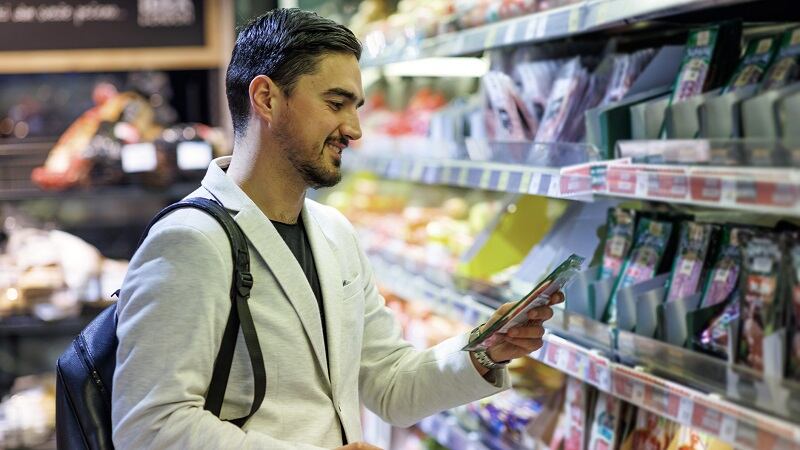“We did really see some pullback this past year, and part of what it is ... there's just been this compounding impact from a consumer standpoint, inflation over the last few years. What cost me $100 in 2019 is going to cost me $133 now, and that did have an impact on what consumers were prioritizing. And we've been positing from an NIQ standpoint for the last couple of years ... that in many instances wellness is a luxury for certain consumers."
Ozempic changes the conversation on health, weight
GLP-1 drugs like Ozempic and WeGovy haven't only shown the potential for weight-loss medication, but they've also shifted the conversation on obesity and weight, Frey said. In its annual Health Shopper study, NIQ found that there were twice as many households that were reporting that they were overweight and taking weight-loss drugs.
"One of the fascinating things that we've really been watching is how these drugs are changing the conversation, ... but it also, in many instances, destigmatizes the idea of obesity and weight loss and taking it out of this idea that it's just about willpower ... to the reality that this actually is a chronic disease, a disease that needs to be managed."
Consumers who are on GLP-1 drugs often deal with gastrointestinal issues and turn to products that "are focused on their microbiome," which can be products with those claims or digestive-health supplements, Frey said. Metabolism support claims rose 12% for the year, per the same report.
Can meat alternatives rebound by adding more protein?
Many consumers on Ozempic often lose muscle mass while taking the drug and will look for ways to boost their protein to counteract that, as consumers more broadly look for ways to add more proteins to their diets, Frey noted.
“We think protein is one of those areas that, as an industry, we should be paying much more attention to not just because of the GLP-1, but because we know many consumers are building their meal around the protein, and we've seen some shifts in terms of where protein is being purchased in the store.”
While total food and beverage units were down 2.2% in 2023, cottage cheese, anchovies and sardines grew 9% and 3%, respectively, for the 52 weeks ending Dec. 30, 2023. Last year, anchovies, sardines, and other seafoods saw a boost due to the viral tinned fish trend, where many younger consumers became acquainted with the products, Frey noted.
While fresh meat, eggs, processed meat and canned and frozen beans similarly saw a 2% drop in units, frozen fresh meat and frozen seafood both saw a 5% decline each, and nuts and seeds saw a 4% decline in units. Meat alternatives saw the most profound declines in units at 15%, as the category faced headwinds in 2023.
However, “plant-based is really just in its next phase of iteration,” and products that provide more protein can be one way to attract consumers, Frey said. In 2023, Meat alternative products that had 25g or more of protein per serving saw 31% growth in units and 54% in dollars. Products like UNLIMEAT's Korean BBQ Bulgogi and its plant-based jerkies and Field Roast's Italian Garlic and Fennel Sausage are several examples of products on the market that contain 25g or more of protein.
Clean label outperforms the rest of the store
Consumers are also increasingly seeking out products with fewer ingredients and demanding more transparency from brands on their products, Frey said. Clean-label products outperform the market and saw 8% CAGR in dollar growth, compared to 6% for the total store, according to NIQ data.
“Red dye obviously is the big one that is impacting the most number of products, and for many brands, this becomes a question of reformulation. ... And then how do we actually label against these sorts of things? And do we do this across the country, or do we do it just specifically for one state?"


